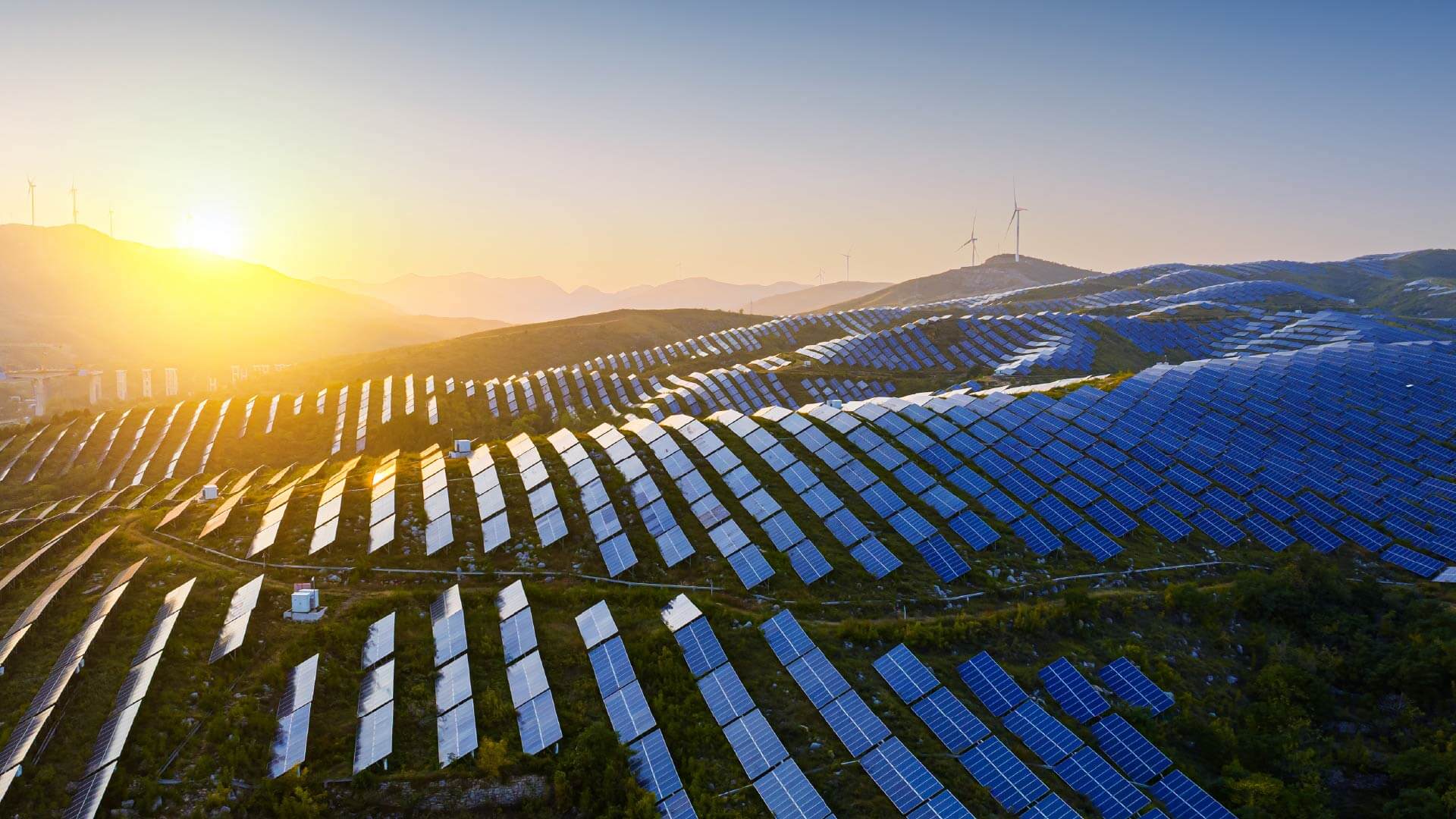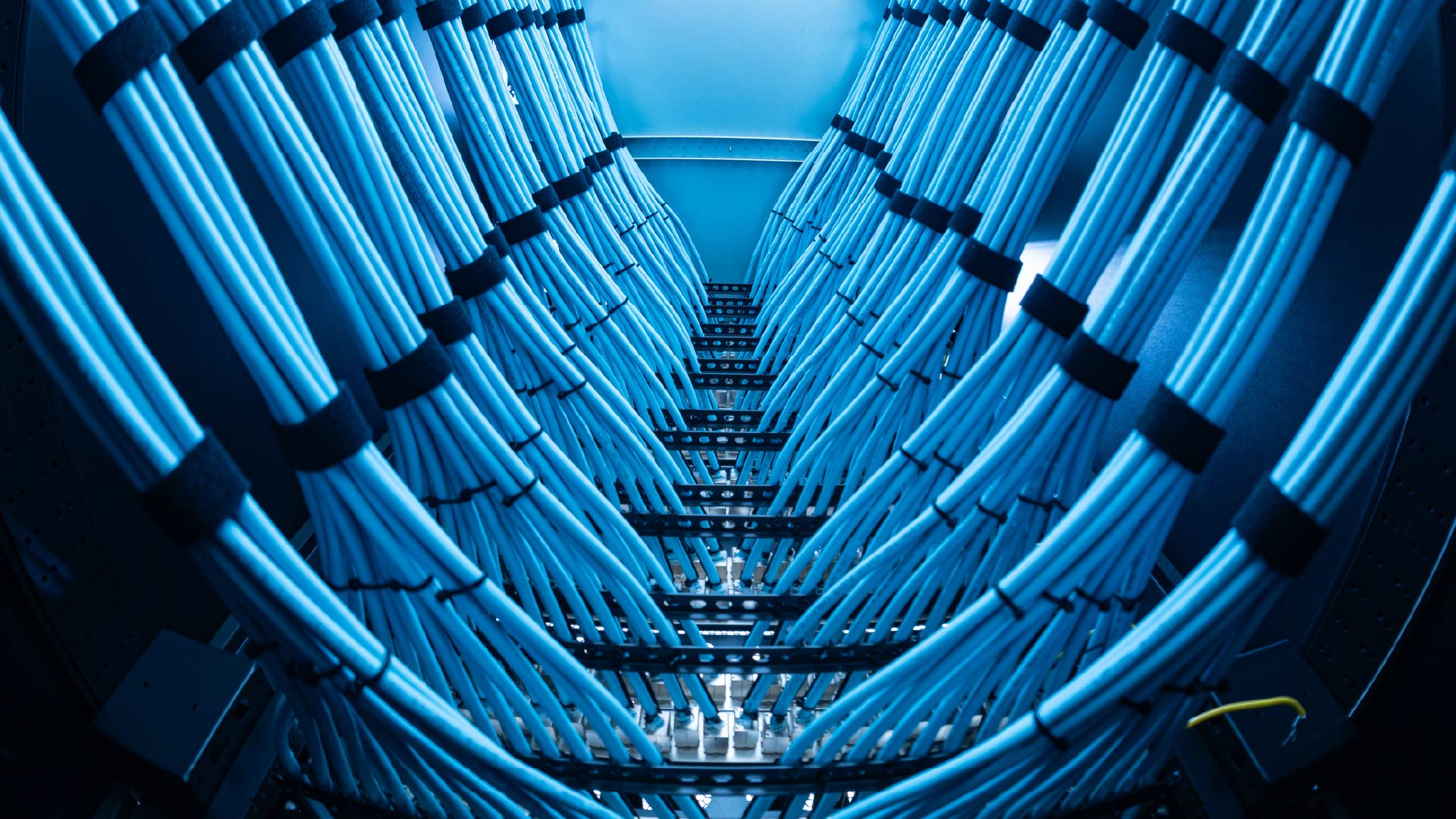A New Era For Nuclear In The UK: The Latest Investments, Hyperscalers And Real Estate Opportunities
June 2025 marked a pivotal shift in the UK’s nuclear energy sector, with several major announcements underscoring the strategic importance of nuclear power in the country’s energy future. Key investments were made to support both large-scale projects and new, innovative nuclear solutions – setting the stage for a new era of energy infrastructure.
Key examples of growing investment in nuclear power plants:
- Apollo Global Management’s £4.5 billion investment in Hinkley Point C.
Apollo Global Management’s £4.5 billion investment in EDF Energy’s Hinkley Point C is a landmark deal for the UK’s nuclear future. This project, slated to generate 3.2GW and supply 7% of the UK’s electricity by 2029, marks a significant step in replacing aging nuclear infrastructure. Hinkley Point C’s continued development highlights nuclear power’s growing role in ensuring a stable, low-carbon energy supply. - Sizewell C: a near replica of Hinkley Point C.
The UK government’s £14.2 billion commitment to Sizewell C further strengthens the UK’s nuclear strategy. The Sizewell C station will be a near-replica of Hinkley Point C, consisting of twin 1,600-MWe EPRs built next to Sizewell B, a 1,198-MWe pressurized water reactor. This project will generate 3.2GW of low-carbon power, create thousands of jobs and contribute to the UK’s long-term energy security. As both projects move forward, they represent the next wave of large-scale nuclear energy in the UK. - Rolls-Royce SMR and small modular reactors (SMRs).
In addition to these large plants, the UK is embracing small modular reactors (SMRs) with Rolls-Royce SMR selected as the preferred bidder. SMRs, with a generation capacity of around 450MWe each, offer a more flexible and scalable solution to complement the larger, baseload plants. SMRs are expected to play a key role in diversifying the UK’s nuclear energy supply, with the first units potentially online by the mid-2030s.
Hyperscalers’ growing role in nuclear energy investment
Hyperscalers like Microsoft, Google and Amazon are increasingly turning to nuclear energy to meet their growing power demands. Data centres – responsible for approximately 1.5% of global electricity consumption in 2024 – are expected to double their energy use by 2030. This surge is driven by the explosive growth in AI, machine learning and other compute-intensive workloads that demand vast amounts of processing power. As these technologies scale, the need for stable, uninterrupted energy becomes even more critical – something nuclear power can reliably provide. Intermittent renewables like wind and solar cannot guarantee the constant supply required, while nuclear offers consistent, low-carbon baseload power, making it an ideal solution for these energy-intensive industries and tech giants.
Hyperscalers are shifting from being mere energy consumers to becoming active investors in nuclear power projects. This shift reflects a broader trend where major tech firms are no longer just securing power for their operations, they are taking a hands-on role in shaping the energy landscape. By investing in nuclear infrastructure, these organizations are positioning themselves as key players in the energy sector, driving the evolution of energy systems and ensuring long-term, reliable power sources for their growing needs.
Real estate opportunities in nuclear-powered regions
For real estate professionals, the growing presence of nuclear power plants like Hinkley Point C and Sizewell C presents significant opportunities. As these plants come online, the surrounding areas will see rising demand for housing, commercial spaces and other infrastructure to support the influx of workers and businesses. Proximity to reliable, low-carbon energy will make these regions increasingly attractive for development.
Real estate developers can leverage this shift by focusing on energy-efficient projects that integrate with nuclear-powered grids. As demand for sustainable, energy-secure real estate grows, aligning developments with these energy hubs will ensure long-term growth and stability.
About The Author

Henry Yared
Analyst





